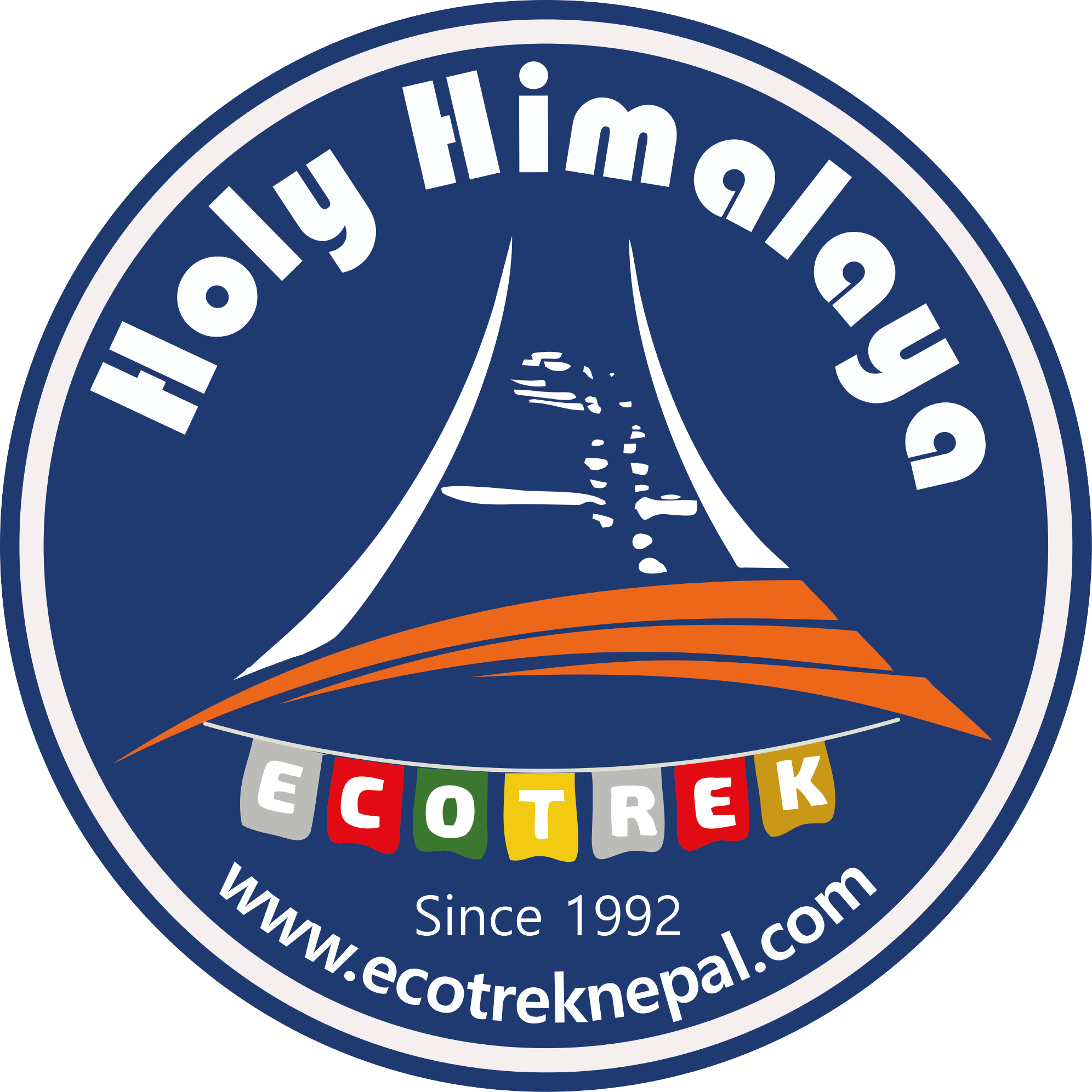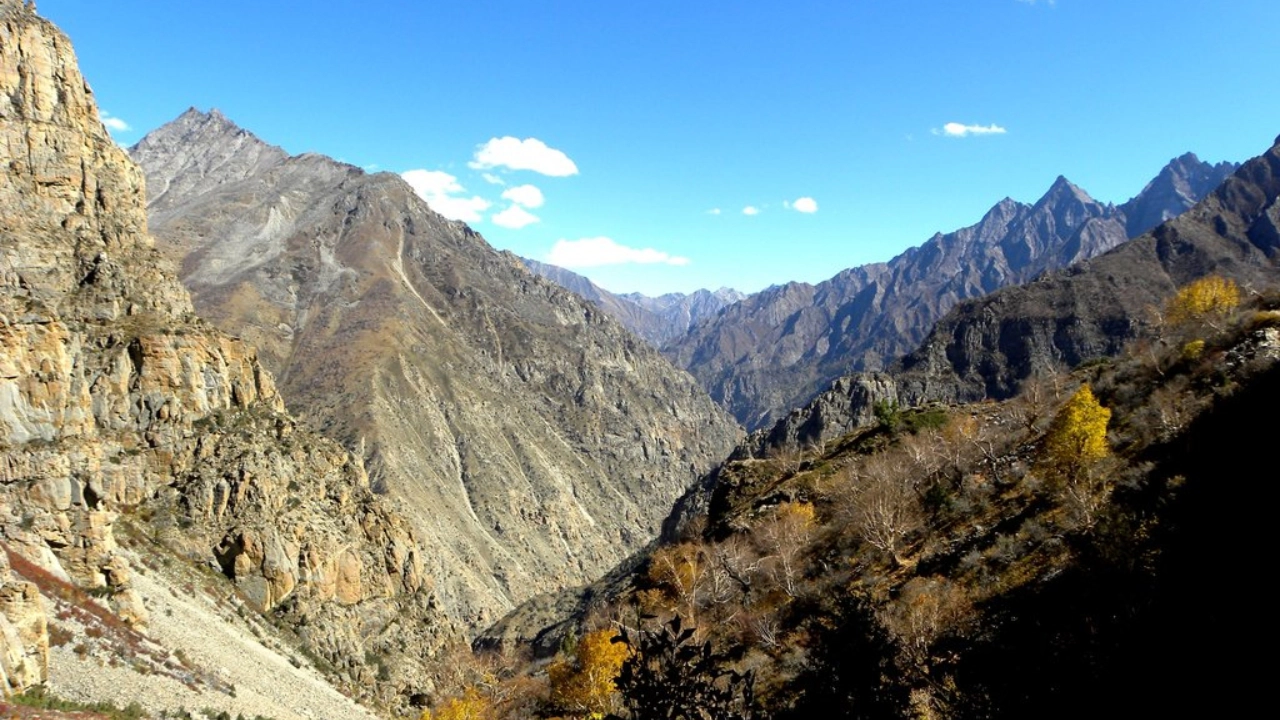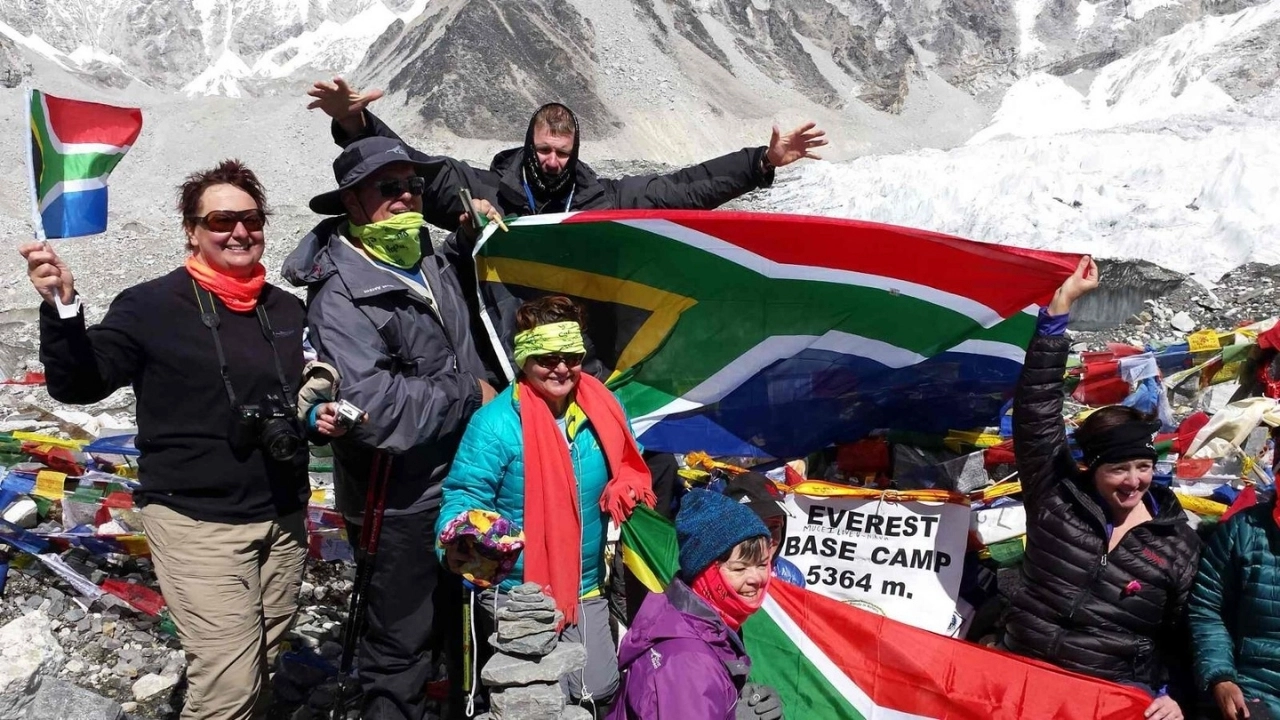
Limi Valley Trek
Tour snapshot
20 Days
2 persons
Nepal
Trekking in Nepal
Overview
Nestled in the northernmost part of Humla District, Limi Valley is a unique rural charmer that offers a panoramic view of snow-capped mountains and the real lifestyle of the Himalayas. The place signifies beautiful nature, unique culture, and ancient gompas. Humla is the most remote and rugged area in Nepal yet has stunning landscapes.
The vibrant traditions and local communities of Limi Valley are strongly influenced by Tibetan origin. It is known for its diverse landscapes, stunning mountain range, glacial lake, and natural beauty. Limi Valley offers visitors an adventurous experience and the untouched beauty of nature, along with the place's unique culture.
The major attractions of this charming village are its remoteness and pristine beauty, as well as its rich cultural heritage. The locals are very welcoming and respectful of visitors. Limi celebrates various major festivals throughout the year, such as Losar, Saga Dawa Mani Rimdu, and Dumji. The primary occupations of the locals here are animal husbandry, agriculture, trade, and tourism.
Highlights
- Go through the remote and rugged gorges, valleys, and pleasing Karnali River.
- Get involved in the unique cultural blend of Tibetan and Nepali traditions.
- Experience the authentic lifestyle of the Himalayan region and overwhelmingly hospitable locals.
- Crossing through many high passes like Nara La pass (4,940 m.) that offers majestic views of mountain ranges.
- Panorama view of Mt. Kailash's surroundings.
- Visiting popular monasteries like Kunzuum Do-Nag Chodeden and Rinchenling.
Itinerary




















Included/Excluded
Service Fee Only, Explore Nepal Fully!
Select Dates
{{type.name}}
{{type.display_price}} per person
Guests
Extra prices:
- {{total_price_html}}
- {{pay_now_price_html}}
FAQs about Limi Valley Trek

The best season to visit the Limi Valley would be from March to May; this is the spring season. The weather remains pleasant, and the temperature level is bearable. Moreover, the wildflowers get in full bloom, really adding more life to the experience of trekking through the lush vegetation. From September to November, under the autumn season, it is the time when Limi Valley can be visited more outstandingly as the temperature becomes comfortable and the sky becomes clear.

Travelers often get concerned about the accommodation facilities of the place they are visiting. In Limi Valley, you don’t have to worry much about it as you have different options for accommodation. The travelers can stay in homestays where the local families offer their homes to the visitors, which provides an authentic way to experience the culture of the place. Another option is staying at a teahouse or monastery, and you can also go camping. As the place has a blend of Tibetan culture and Nepali traditions, the cuisine of Limi Valley has its own uniqueness. Just like other Himalayan regions, Limi Valley offers you some special food items like Tsampa, Yak meat, Tsampa soup, momo, Thukpa, DalBhat, etc.

Often, electricity and WiFi are a concern among travelers. Electricity in Limi Valley is regularly available in large villages and residential areas; it is recommended that travelers carry chargers and power banks. Whereas WiFi availability is extremely limited in Limi Valley, besides the major towns and settlement areas, there is no good accessibility to WiFi. About the network, it may be available in certain areas, and there may be many places where there is no network at all.

About the shower facilities in Limi Valley: well, this depends on the guesthouses, homestays, and teahouses you are staying at. They may have offers for you according to their rules. For hot water, you may need to pay some extra money as they might not have solar water heaters.

As the Limi Valley is situated at an altitude of 4940 m, you can run the risk of getting altitude sickness. Acute mountain sickness (AMS) predominantly occurs in this area. Here are some tips you can use to prevent altitude sickness. • Hydration • Gradual ascent • Acclimatization days • Recognize symptoms

Travelers need to obtain certain permits for visiting the Limi Valley area, as it is located in a restricted area. And close to the border with Tibet. The two major permits required are: • Restricted Area Permit (RAP), which is obtained by the Department of Immigration, which is situated in Kathmandu. It gives registration to trekkers so that they can visit restricted areas of Nepal. • Special Trekking Permit (STP): Likewise, RAP permits are also obtained from the Department of Immigration and allow trekking on specific routes in restricted areas.










